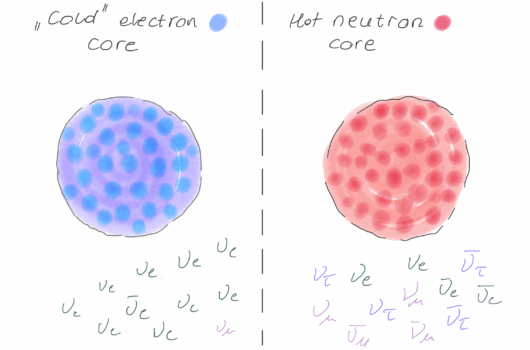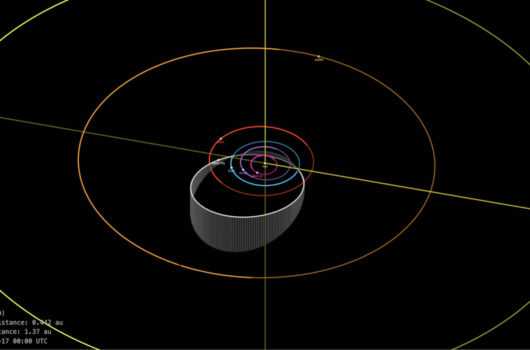Can LIGO Detect Asymmetric Dark Matter?
Can LIGO Detect Asymmetric Dark Matter?
View
Abstract
Dark matter from the galactic halo can accumulate in neutron stars and transmute them into sub-2.5 ![]() black holes if the dark matter particles are heavy, stable, and have interactions with nucleons. We show that non-detection of gravitational waves from mergers of such low-mass black holes can constrain the interactions of asymmetric dark matter particles with nucleons. We find benchmark constraints with LIGO O3 data, viz.,
black holes if the dark matter particles are heavy, stable, and have interactions with nucleons. We show that non-detection of gravitational waves from mergers of such low-mass black holes can constrain the interactions of asymmetric dark matter particles with nucleons. We find benchmark constraints with LIGO O3 data, viz., ![]() cm
cm![]() for bosonic DM with
for bosonic DM with ![]() PeV (or
PeV (or ![]() GeV, if they can Bose-condense) and
GeV, if they can Bose-condense) and ![]() cm
cm![]() for fermionic DM with
for fermionic DM with ![]() PeV. These bounds depend on the priors on DM parameters and on the currently uncertain binary neutron star merger rate density. However, if null-detection continues with increased exposure over the next decade, LIGO will set remarkable constraints. We find the forecasted sensitivity to heavy asymmetric dark matter to be world-leading, viz., dipping many orders of magnitude below the neutrino floor and completely testing the dark matter solution to missing pulsars in the Galactic center, and demonstrate a windfall science-case for gravitational wave detectors.
PeV. These bounds depend on the priors on DM parameters and on the currently uncertain binary neutron star merger rate density. However, if null-detection continues with increased exposure over the next decade, LIGO will set remarkable constraints. We find the forecasted sensitivity to heavy asymmetric dark matter to be world-leading, viz., dipping many orders of magnitude below the neutrino floor and completely testing the dark matter solution to missing pulsars in the Galactic center, and demonstrate a windfall science-case for gravitational wave detectors.




